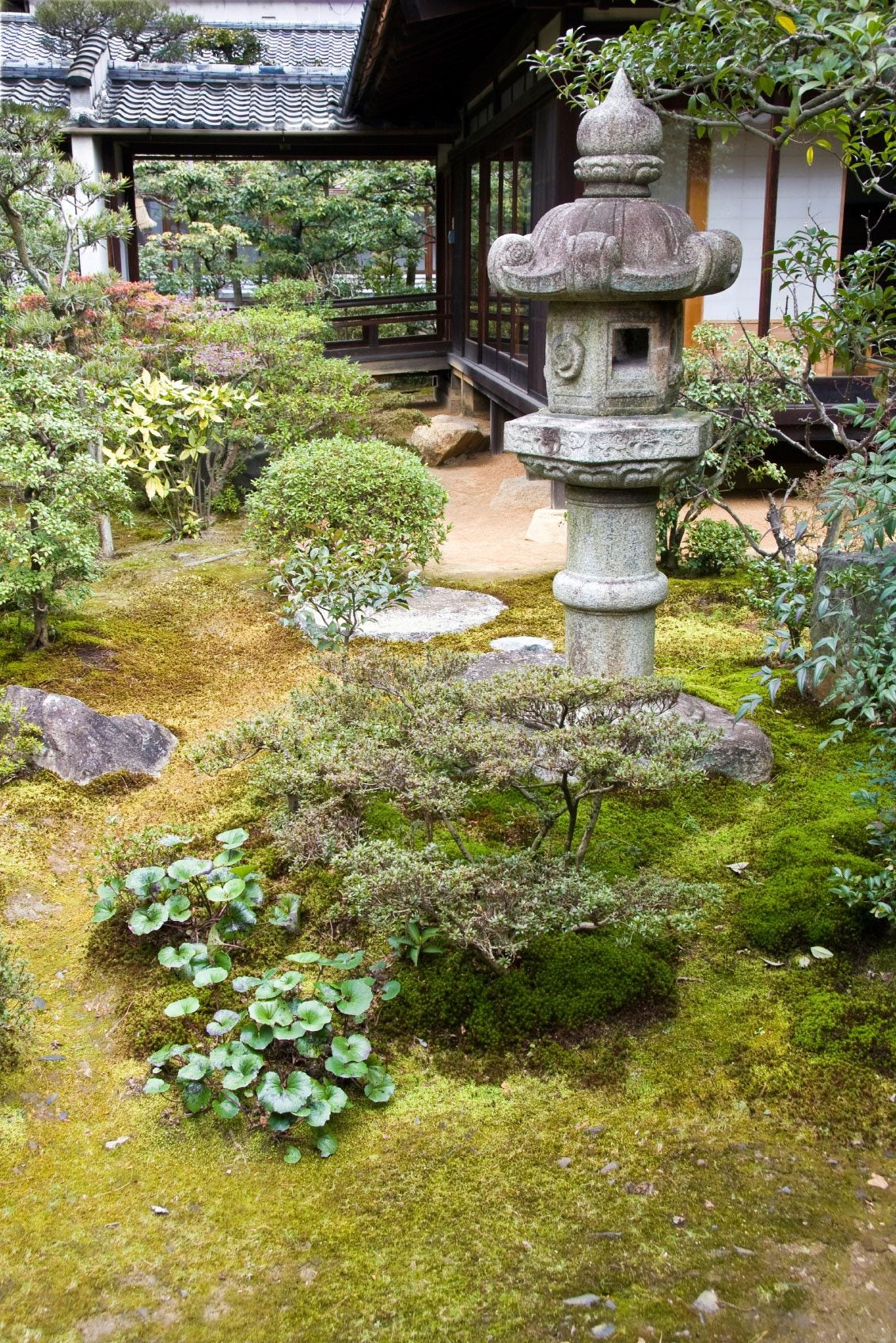Japanese Zen Gardens: How To Create A Zen Garden


Creating a zen garden is a great way to reduce stress, improve your focus, and develop a sense of well-being. Read this article to find out more about Japanese zen gardens so you can reap the benefits they provide.
What is a Zen Garden?
Zen gardens, also called Japanese rock gardens, appeal to people who like carefully controlled settings of raked sand or rocks and precisely clipped shrubs. If you're more likely to find serenity in the natural look of a woodland setting and find peace when surrounded by wildflowers and soft-textured plants, you should think about a more traditional or natural garden. Zen gardens emphasize the principles of naturalness (Shizen), simplicity (Kanso), and austerity (koko). In the sixth century, Zen Buddhist monks created the first zen gardens to aid in meditation. Later, they began using the gardens to teach zen principles and concepts. The design and structure of the gardens have been refined over the years, but the basic structure remains the same.
How to Create a Zen Garden
Carefully raked sand or gravel with precisely placed rocks are the main parts of a zen garden. Sand raked into a round, spiral or rippled pattern represents the sea. Place rocks on top of the sand to make a soothing pattern. You can add plants, but keep them to a minimum and use low, spreading plants instead of upright ones. The result should encourage introspection and meditation. The symbolism of the stones in a zen garden is one of the most important design elements. Upright or vertical stones can be used to represent trees, while flat, horizontal stones represent water. Arching stones represent fire. Try different layouts to see what natural elements the design calls to mind. A zen garden can also contain a simple bridge or path and lanterns made of rock or stone. These features add a sense of distance, and you can use them as a focal point to aid meditation. The term “shakkei” means borrowed landscape, and it refers to the practice of using surrounding landscape to make the garden appear to extend beyond its boundaries. A zen garden should not contain a pond or be near a body of water.
Sign up for the Gardening Know How newsletter today and receive a free copy of our e-book "How to Grow Delicious Tomatoes".

Jackie Carroll has written over 500 articles for Gardening Know How on a wide range of topics.